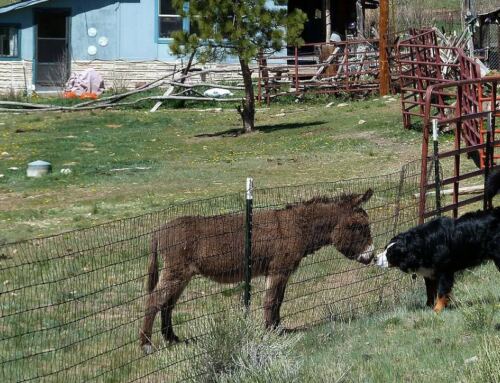 Back in the early 1980’s I was intent on finding ways to get university credits without actually sitting in a classroom. I discovered study programs which were taught ‘in the field’ and awarded credits toward graduation. I spent months hiking in the Sierra Nevada in California, weeks canoeing rivers in Montana and sweating in Death Valley. My biggest regret to date is that I didn’t participate in a wolf study program because someone told me all you ended up seeing was wolf scat.
Back in the early 1980’s I was intent on finding ways to get university credits without actually sitting in a classroom. I discovered study programs which were taught ‘in the field’ and awarded credits toward graduation. I spent months hiking in the Sierra Nevada in California, weeks canoeing rivers in Montana and sweating in Death Valley. My biggest regret to date is that I didn’t participate in a wolf study program because someone told me all you ended up seeing was wolf scat.
On a reading list for one course was Barry Lopez‘s Of Wolves and Men which followed the histories of people’s relationship to and mythology about wolves, and made a case for the conversation of the species. It seemed long overdue that I would visit a place like Wolf Park where I could actually meet, and interact with wolves. A 3-day seminar contrasting the behaviors of wolves and dogs, and the agreement of a friend to join me, tipped the scales, and I sent off a check and booked a flight.
As a dog trainer focusing on fear based behavior challenges I’ve had to consider how current popular attitudes about wolves and their relationships with each other have impacted how dogs are being handled and trained. Notions of ‘pack leaders’ and ‘alphas’ have been questioned and redefined but for a variety of reasons have been slow to percolate through to the cultural knowledge of the general population.
What I observed at Wolf Park was not only educational, it raised my opinion of dogs, which says a lot since I already hold them in the highest of esteem. This was not because my opinion of wolves was lowered. Never having seen a natural pack of wolves interacting with each other, I didn’t have an opinion. My opinion of dogs went up because of their connection to this extraordinary animal.
The sophistication and fluidity of the emotional responses of wolves was awe inspiring. The wolves appeared to rely on a spectrum of emotions that changed smoothly and rapidly to communicate preference and intent. I was reminded of the difference between our sense of smell and that of canines. With more scent receptors to work with they can detect scents and levels of scents that we cannot even fathom the sensitivity of this ability. Their social interactions seemed to include a constantly changing emotional kaleidoscope, which made human interactions seem bland by comparison.
If our dogs have retained even a fraction of the emotional sensitivity of wolves they must think us brutes in our interactions with them. We ascribe them limited variability in personality, pulling labels from a short list of attributes. And as a trainer friend commented, then we insult them by asserting that they are merely reflections of their almighty human handlers. Certainly our behavior affects theirs, but they have their own ‘souls’ as my friend said, or unique identity, if the religious implication of ‘soul’ is off-putting.
Many of us have been fortunate enough that we are able to take certain things in our lives for granted. I was fortunate to have the opportunity to spend time watching wolves. I am even more fortunate to be able to spend time with dogs who prod me into opening my eyes and mind wider. And who also never fail to remind me to pay attention to what both my heart and gut have to say, even if I’m not listening to anything else.





